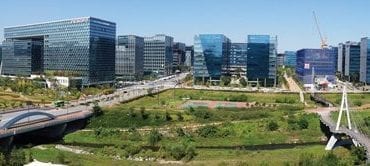Words BY Robert Neff Photos courtesy of the Robert Neff collection A skirmish between Japanese and Russian warships in February...
Words by Robert Neff In this humorous anecdote from the turn of the 20th century, an American diplomat and a mob...
Words by Robert Neff Photos from the collection of Robert Neff In the 1890s there was a gold rush in Joseon Korea. True, there had always been gold mining operations scattered throughout the country, but these were mainly small Korean concerns with limited mining ability. It was only after Leigh...
Words by Robert NeffPhotos from the collection of Robert Neff Joseon Korea was generally perceived by foreign visitors as a...
In 2023, popular Korean temple stay programs are continuing to expand support for foreign visitors. Sixteen Buddhist is a temples...
Starsick travelers lost in the glow of Korea’s neon lights are encouraged to head to Daejeon Observatory for a night. Pierce through the yellow-hued cloud cover with the huge 25cm refractive telescope. Watch as Mars, Venus and Jupiter soar along their astral orbits. Marvel at star-forming nebulae, and on exceptionally...
In the summer of 1905, the world was a scary place for Korea. The Russo-Japanese War had recently ended but...
Modern Religion and the Art of Happiness As a Western Buddhist monk of the Kadam Order, Gen Kelsang Togden speaks...
ICONS Of Korean Fashion Words by Michelle Park Park Seung Gun Designer for pushBUTTON, Park Seung Gun has attracted numerous fashion insiders and celebrities who crave his bold and daring designs. Since launching in 2003, pushBUTTON has become a high-end women’s wear label that is quirky, witty, experimental, fun, and...
The State of Startups in Korea Words by Stephen Revere in collaboration with Rosalyn Laiken, Adam Kohlhaas, Michael Song and...



